Your Basic Quilting Questions Answered: Part I
Here at SQ HQ we get a lot of wonderful emails from you filled with a wide range of basic quilting questions. After answering these one at a time, it’s finally occurred to me that I could compile these FAQs into a blog series for you to skim and use as a resource. Honestly, I don’t know why it’s taken me so long to realize this, but now that I have, let’s waste no more time!
If you missed our other installments of questions and answers, you can check it out here – More Beginner Quilting Questions Part II and Quilting Technique Questions Part III.

Basic Quilting Questions finally Answered!
Q: I’ve just finished machine quilting my quilt and the edges are all wavy. Did I do something wrong? Can I prevent this?
A: Wavy quilt edges can happen for a few reasons – some preventable, and some...well, you can decide. Let’s start with something preventable you can do.
Pin. Yes, glue basting works too, but you get the idea. When you pin your fabric together the top and bottom fabric will feed through your machine equally. If you do not pin, chances are the tension of your feed dogs and your presser foot are different and they will feed the top and bottom fabric through the machine with different amounts of pressure. This will cause your seams to create that wavy effect due to uneven tension.
Trending patterns!

The above quilt is the Minimal Triangles pattern. Get it here!
Borders - yep, pin those too. I’ve finally finished the quilt top and now it’s time to sew a couple borders, like in the Minimal Triangles quilt pattern. It is ever so tempting to slap that strip on and speed through the sewing sans pins. RESIST. Uneven tension in borders is a major culprit of waving edges.
Press, don’t iron. This sounds like fancy wordplay, but really all I’m saying is – don’t use the side of your iron to open up a seam and iron it flat. Doing that with a lot of pressure stretches the seam...causing distortion...causing, you guessed it, wavy edges. Instead, open up the seam and gently press it open with your fingers, THEN lay the iron down and press is flat. Now’s a great time to use a clapper too!
Square up your finished quilt. There are different theories on how to do this, but I’ve always thought that the simplest way is the best way. I’ve finished machine quilting and now it’s time to trim the excess batting and backing fabric. We're got a blog post on this!
Check out, The Fastest Way To Square Up A Quilt.
I move my cutting mat to the floor so the quilt doesn’t hang off my cutting table. I find that sometimes the added weight of part of the quilt hanging can cause distortion. I then smooth out the corner of the quilt onto the cutting mat. With my 6" x 24" ruler, I line up the corner of the ruler with the corner of the quilt top.
If it’s not square, fake it! Maybe that means a little bit of batting will be peeping out or maybe I need to slice off a bit of my quilt top. That’s fine! Binding will cover it. If you need to slice off or let hang ¼" or more, remember to add a ¼" or more to your binding so that you can cover it up when binding your quilt.

We’ve covered the preventable basics, but what about some of that “unpreventable” waving? If you choose to densely machine quilt your quilt, like the one below, it’s likely that you will experience a small amount of waving. This is just a side effect of adding lots of texture to your now very 3-dimensional work of art. I say, embrace it!

Q: I can’t get my seams to line up! What do I do?
Since writing this post I have started using fork pins with great success! Check out this post for more details — Fork Pins: The Best Way To Match Seams Perfectly.
A: Let me preface this with, I know I’m going to get grief over my answer in the comments. 😉 You ready for my bad girl, rebel response? It’s all about your initial pinning and then sewing over those pins – SLOWLY. See the pictures below on how I pin.
- Nest the seams by ironing them in opposite directions. (When possible. Sometimes things get confusing and this isn’t possible. No worries. Happens to the best of us.)
- I start from the top right side, pin through the seam, and finish on the bottom left side. That way I have completely secured the seam from all angles. I primarily use these pins.
- Sew SO SLOWLY over that pin. Slow enough that you can see your machine’s needle go up and down. When you sew slowly, your machine’s needle will find its way around the pin rather than smash into it causing a broken needle or worse, a piece of needle breaking and hitting you in the eye. I’ve had needles break and hit me in the cheek and that is FREAKY. Waaaaay too close for comfort. So sew slowly. (Say that 5 times fast to really get it in your head) You can even manually lower and raise your needle using the dial on the side of your machine.
- Practice. Did you just do all of the above, but it still didn’t turn out perfectly? That’s OK. Move on. Keep practicing. I still have yet to make a quilt that included only perfectly matching seams.

This pinning demo pic is from making the FREE Cincinnati quilt pattern. Get it here!
Let’s say you reeeeaally struggle with your seams not matching and the better-luck-next-time approach isn’t cutting it. Try glue basting your seams with a fine-tipped glue bottle. This process takes longer, and you might need to clean your iron afterward, but it will calm the perfectionist voice inside of you. Also, you won't be sewing over any pins either.
Read more about how to glue baste in this post, A Complete Guide To Glue Basting Seams.
Q: My thread keeps breaking. Am I using the wrong thread?
A: First, let’s double check that you are, indeed, using the right thread. If you are piecing a quilt, I recommend 40 wt. or 50 wt. thread. You can use 100% cotton, 100% poly, or a cotton/poly blend.
For more information on cotton and poly thread, check out this post, What’s the Difference Between Cotton and Poly Thread? For more specific thread recommendations, check out this post – The Best Quality Sewing Thread.
Now that we know you’re sewing with the good stuff, let’s do a very simple thing that might just fix everything — take your top thread and bobbin completely out of your machine. Now place your bobbin back in, making sure you’re doing it correctly, and re-thread your top thread.
Many times, thread breaks because there was a kink somewhere in there and a simple re-thread was all you needed to do.
Note: Some fabric substrates have special needs when it comes to thread, needles, and stitch length. Check out my Quilty Adventure series to find the fabric you are using and make sure you’ve packed the proper gear.
That simple trick didn’t actually fix anything? Let’s talk about something you may not have thought about — your needle. If you’re sewing with a dull needle or a needle of the wrong size, chances are your thread is going to break.
Read all about what needle you should be using here:

Pictured above is the Hexie Stripe quilt pattern. Get it here!
OK, so you have the right thread. You have the right needle, but your thread is still breaking? Let’s dive deep. Like below the throat plate deep. (The throat plate is that metal plate that sits above your feed dogs. I know you knew that. I just wanted to explain for the other people who didn’t.)
The next thing on our troubleshooting list is to give your sew-baby a nice cleaning. Check out this post on Sewing Machine Maintenance and also How to Troubleshoot Sewing Machine Tension.
If you have tried all of these things and your thread is still breaking, it’s time to call in a professional. No, this is not the moment I give you my cell number. It’s time to find the closest sewing machine repair store or sewing machine dealer.
Your thread continually breaking could be a sign that there are darker forces at work and a mechanic needs to crack open your machine to fix the problem. May The Force be with you.
That concludes this round of Q&As, but join me next time for a whole new list of basic quilting questions. Do you have any tricks of the trade you’d like to add? Or maybe a question I should add to this list? I’d love to hear them in the comments!
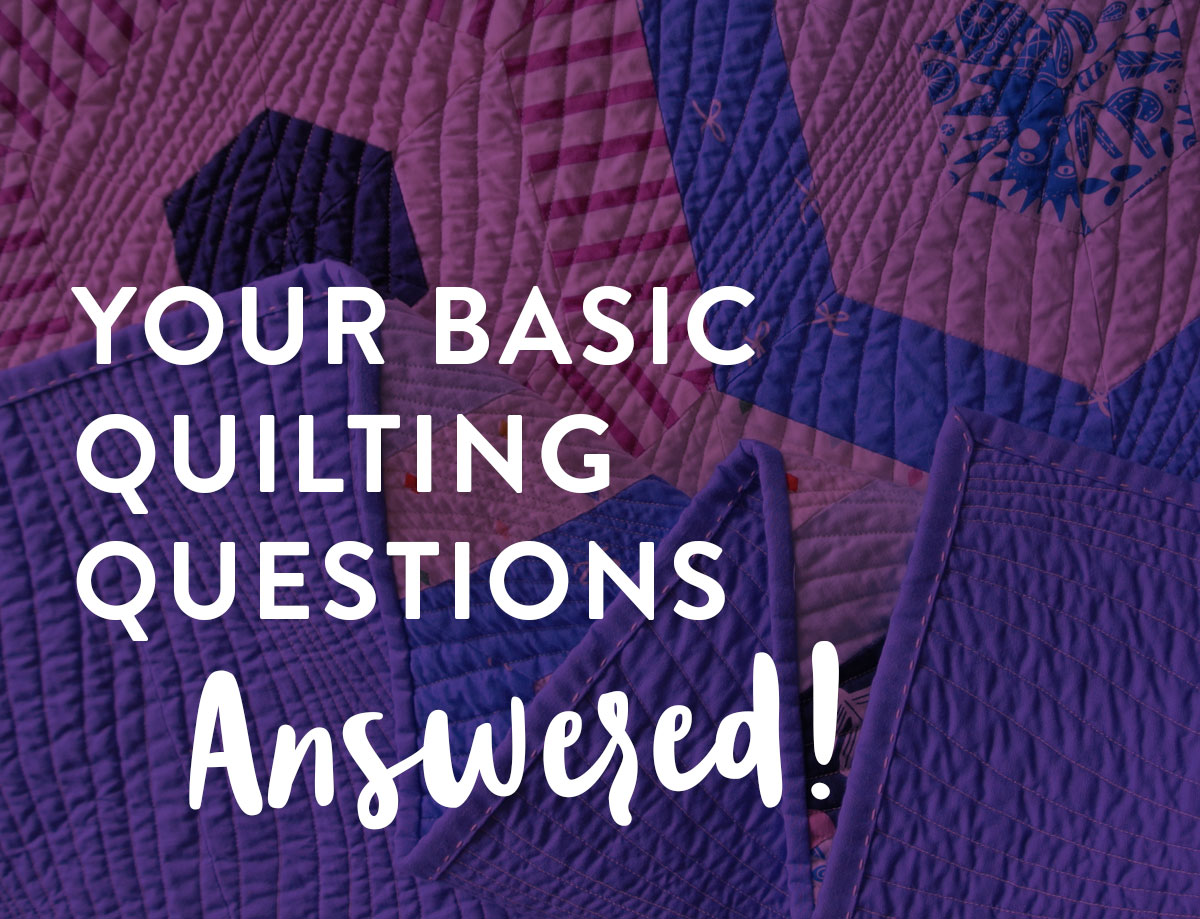
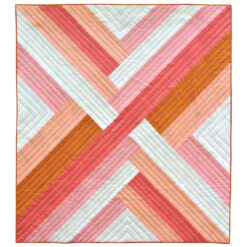
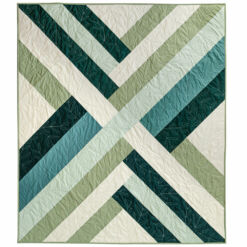
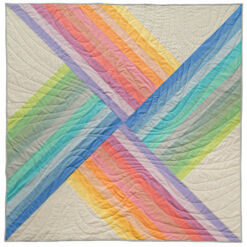
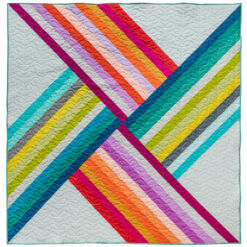
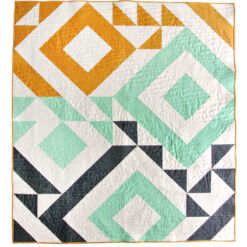
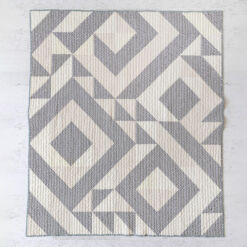
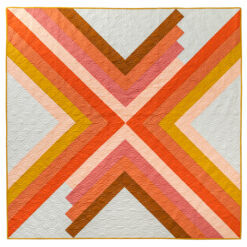
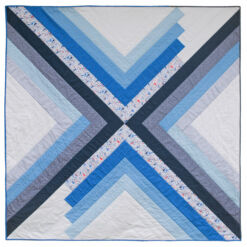
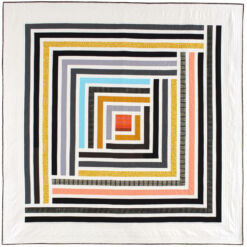
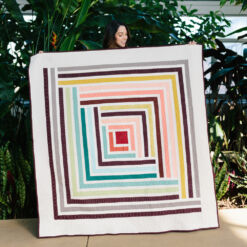
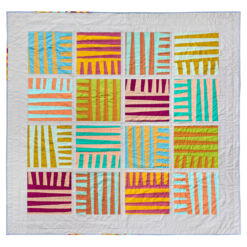
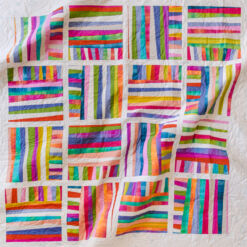
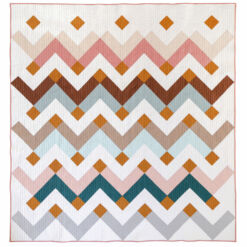
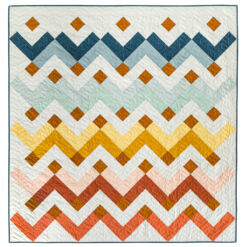
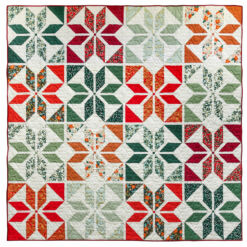
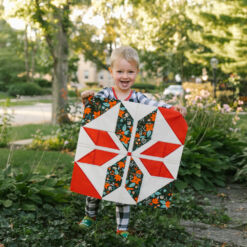
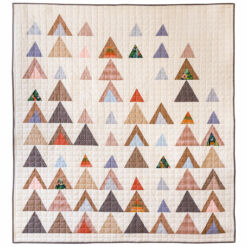
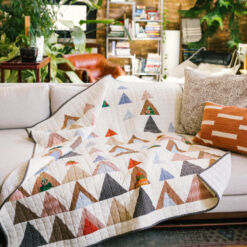
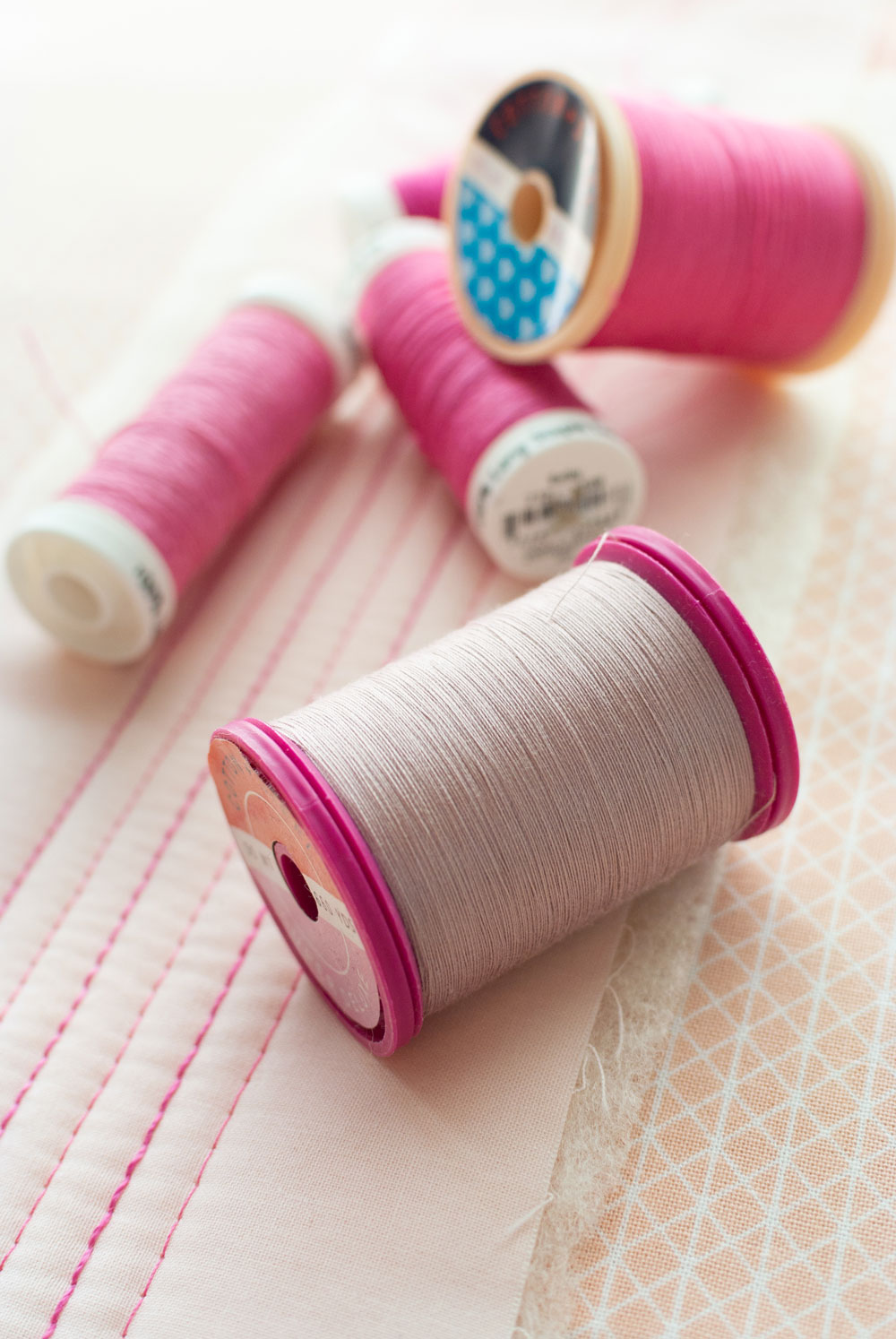

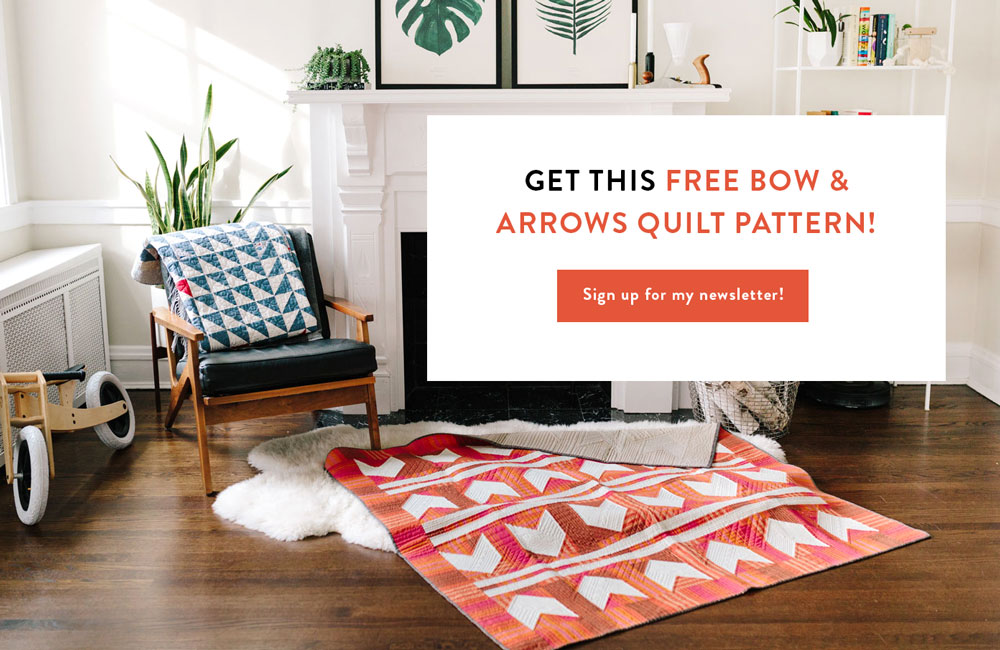
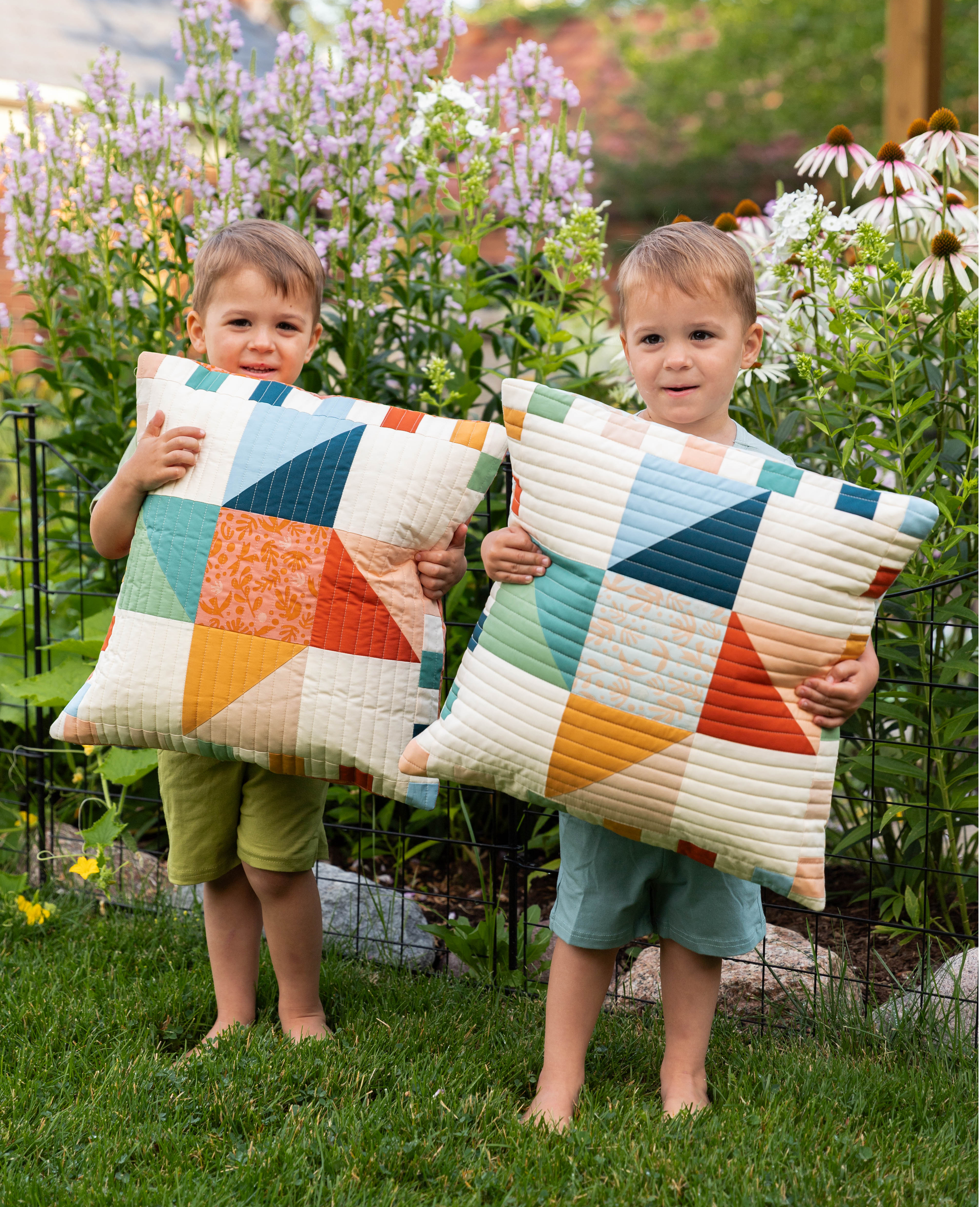

Thanks. Even after quilting for some time, it’s good to read all those tips again!
Thanks! Even after quilting for some time, it’s good to read all those tips again. Especially the ironing one! I have a heavy hand with my iron LOL
Haha! Oh I get it 😉
I can sew a flat quilt, but sometimes after machine stitching my binding on it waves. I’m sure I’m stretching it too much. Pointers for that? I use my left top stitch foot for a nice even top stitch. I also use a 1/4” foot for sewing onto the back. I use binder clips.
I actually use my walking foot when sewing binding. Maybe switch to that to see if it helps the stretching issue?
Okay I have been nesting my seams and they only line up perfectly about 70% of the time. I’m going to try your pinning and sewing slowly trick! Usually I just hammer right through it.
Good luck and report back!
I’m just learning what does it mean when the pattern says 73″ x 73″ and FQ18.
These are great! Do you have a tutorial on piecing quilt backing?! I just moved up from baby quilts to a larger throw size and need to piece a back for the first time. YouTube tutorials were minimal and the ones I did find we’re not very helpful. I looked through your site but couldn’t find anything.
That is a great question and I’ll add it to my list. Should cover it soon 🙂
Stitching in the ditch is not coming out to good..is there a way I can just fuse together by attaching just at the corners of my squares and how?
Hi Sheila! I’m not 100% sure I understand the question, so let’s see if this helps. If stitching in the ditch is not looking how you want, you may want to try basting your quilt again so it stays nice and flat as you’re quilting. Here’s a basting tutorial that may help! https://suzyquilts.com/how-to-baste-a-quilt/
Let us know if that helps or if you still have questions!
How do you mark quilting lines when the quilt sandwich is covered with basting pins? I’ve watched so many videos and Craftsy classes about quilting, and they always seem to ignore or gloss over this. I get great ideas for quilting patterns, and then have no idea how to dive in and mark it amongst all the pins!
Many times I choose to mark my quilt before pinning with safety pins. Trying to dodge all of the pins can be such a hassle!
I bought one of those seam rollers. Is it ok to open up and press a seam with that or will it create wavy edges just like an iron?
It’s ok to press a seam with that, but you also want to add pressure to the seam to make it really flat.
I’m a beginner quilter and my table runner is 24 squares long by 6 squares wide and made with all 4 inch squares. When you stitch in the ditch, do you have to stitch the rows both vertically and horizontally?
Stitching in the ditch just means you quilt so that your stitches fall right where the seams meet or, “the ditch.” How much you quilt and whether or not you quilt horizontally and vertically is totally up to you.
When using a stencil for your quilting pattern do you quilt with the feed dogs up or down? I have trouble keeping the speed steady when they are down. Thanks
Great question! The only time I quilt with the feed dogs up is if I’m free-motion quilting. If you feel like your machine is going too fast and the quilting is getting away from you, change the speed dial on your machine to a slower pace. I can have a lead foot when sewing, so when it’s time to quilt, I always turn my dial to at least half speed.
Do you possibly mean the “only time I quilt with the feed dogs DOWN” (instead of UP) in this sentence? Is this just a typo? Most people free motion quilt with the feed dogs DOWN and Need the dogs up to move the quilt through the machine when doing straight line or ditch quilting (me included). Just wondering if I’m missing some better technique??
Yep. I’m getting my up and down confused. Maybe the word I should use is disengage. Correction: The only time I disengage my feed dogs is when I free motion quilt. Make more sense?
I am making a quilt and want to put black horse silhouettes into it. I don’t want the fabric to feel heavy by using picture printing fabric. How can I put a silhouette on a piece of cotton fabric and make the fabric the same as the rest of the fabric in the quilt?
Have you heard of Spoonflower? It’s a fabulous company that allows you to print anything you want onto lots of different kinds of fabric. You can choose a quilting weight cotton and have the image printed directly on it – https://www.spoonflower.com/
Hi Suzy,
I am in the process of making my first ever quilt, and I have found your website so incredibly useful! Thanks so much for all the info!
One thing I am really struggling with at the moment is how to physically hold the quilt as I am quilting it. I am making a twin size quilt so its not like its a king or anything gigantic but I’m still finding it really really awkward. In retrospect, it would probably have been better to start with something small but I am one to jump into the deep end.
Just wondering if you had any helpful hints for how to wrangle a quilt as you sew it? Thanks!
The truth is, the bigger the quilt the heavier the quilt. A twin quilt it big! A lot of quilters won’t quilt anything larger than a throw for that very reason. One option many quilters choose for larger quilts is having a longarm quilter baste and quilt it for them. I have a couple articles on longarm quilting – Hiring a Longarm Quilter: An In-Depth Guide and The Ultimate Guide to Longarm Quilters in the USA and Canada.
Since it sounds like you’re in the middle of quilting this twin quilt, I suggest having your sewing machine on a really large, sturdy table – that way you aren’t supporting the bulk of the quilt. Also roll the edges tightly so you aren’t having to cramp the quilt through the sewing machine throat. Some people like to use chip clips or clamps from a hardware stare to keep their quilts rolled up nice and tight. Good luck!
I have been having a lot of trouble getting my quilt to a perfect square. Do you usually get them to be a perfect square or is a little off ok? Any tips to get it as square as possible?
Like most things in this quilting world, there’s no right or wrong, only what you prefer. If your quilt is slightly more of a rhombus than a square, I think that’s totally fine! The more you quilt, the better you will get. If you are following the tips above, you should be close enough to square. If you really want your quilt to lay flat and be perfectly square, look up a tutorial on “blocking a quilt.” That’s a process of wetting and stretching a finished quilt so that it is square.
I need help knowing what this pattern is called so I can search for it and get the pattern.
The patterns seen in this post are Hexie Stripe, Minimal Triangles, and Weekend Candy. The one pattern that is not listed, Perennial, will be a new release available Oct. 10, 2019.
I did not realize that an eight inch block needs to measure 8 1/4″ x 8 1/4″. to be sewn into a quilt. I squared them up to 8″ square. I am realizing this as I am sewing the second set of blocks which I am l piecing together. I would really like a fix to use the set of 8″ blocks that I cut short, as there are 20 of them, and I am chalking this up to lesson well learned.
Ur comments r quite helpful. I finished my second quilt and have found that squaring each block really helped in the squaring of the whole quilt. The 18 “ block became more 17 3/4” block but the matching of seams was easier this way. I am relieved to hear that no one is 100% accurate at nesting seams. Do u have an acronym for being a “piecer” more than a quilter?
I don’t have an acronym, but I do have a word — efficient! 😉
Are quilts always supposed to be in odd number of rows and columns? My 9 patch squares are 10 5/8 inches and 3 across with 5 down doesn’t seem large enough. Is it ever possible to use 4 squares across and 6 squares down? I do plan to have a border or probably two plus binding.
When it comes to layout, you can do whatever works best for you. You may see odd numbers more than even numbers because in the basics of composition there is a rule of thirds. Theoretically, odd numbers create a more dynamic composition. Objects that are off center allow the viewer’s eyes to travel throughout the artwork rather than stop in the middle. With all things in the art world, however, it’s subjective. 😉
How wide of a sleeve do I make for the back of my quilt for hanging in a quilt show?
Four inches is standard. Here’s a blog post on it – https://suzyquilts.com/how-to-hang-a-quilt/
I want to stitch in the ditch my sandwiched quilt.
I have a Husqvarna Viking Designer I. Just purchased the walking foot and installed. I can’t find anywhere what to set the “sewing advisor screen ” on. I know the fabric selection is “woven heavy”. What about stitch type?
Help
When stitching in the ditch typically use a simple straight stitch with your length set to 3-4. You shouldn’t need to change any settings, but if you do it will be in your machine’s user manual under the walking foot section.
HI Suzy – Could you do a short video on how to square up a quilt block, before you start piecing together rows? how do you square up with a square ruler and/or a vertical ruler? Love your site!
where do I ask a question?
On a pieced border of squares made with bias fabric,made diagonally, how do you fit the corners the best way. which border goes on first: top or bottom or does it matter?
I found a beautiful pattern. The problem is when i printed it it was a table runner. I want to convert the pattern into a quilt. Is there a way to do this, so I know how much fabric i need?
The only way to do that is to do some math. Figure out how much wider the table runner needs to be, (possibly 5 times wider?) then multiply the yardage by that. Based on how the blocks are made, that may not be 100% accurate, but it’s a good place to start.
When making a 10″ finished pinwheel block – how big should the original fabric pieces be?
Is there a formula for different sizes for finished blocks?
Yes! If you want to make a very simple pinwheel, consisting of 4 half square triangles, you just need to divide your finished block in half. So to make a 10″ finished pinwheel, you need to make 4 – 5″ finished HSTs. Check out this post for different ways to make those. And don’t forget to get a finished 5″ HST, you need to sew an unfinished 5.5″ HST.
Suzy, I’m not sure who to write to, so you are the one. A friend passed away and in a box she has at least 3 dozen 9 x9 squares with elephant cuties all embroidered. She had started this for a soon to be born grand baby. I would like to finish this for her….please help me as how to run the material between the rows to finish it. I know it’s a crazy question, but I need a starting point. If you can help me I would be greatful to you forever……thanks for your time. I’m praying for help. Dottie B.
Hi Dottie, I’m so sorry for your loss. Finishing this project is an incredibly thoughtful act of service. Based on the specs you’ve provided, it sounds like you have 36 – 9″ unfinished square blocks for a baby quilt. (Once they are sewn they will be 8.5″ finished since quilters use a 1/4″ seam.) With no sashing, if you sew those blocks together into 6 rows of 6, you’ll get a 51″ square quilt –– which is already quite large for a baby and that’s not including sashing. If you want to keep this as a baby quilt, I recommend whittling those blocks down to your favorite 25. That will give you 5 rows of 5, which is a 42.5″ square quilt. From there, cut 1.5″ strips of border fabric, or “sashing” as we quilters call it, to sew between the inner blocks. After seam allowance is accounted for, those strips will finish at 1″, adding 4″ to the final size. I think a wider outer border would be nice, so those strips can be cut closer to 2.5″. The added sashing and outer border strips will add 8″ to your final size, making it about 50″ –– which is still a little bit large for a baby quilt, but I personally think it’s a great size for a toddler. Plus you don’t want to lose too many of those original blocks. I hope this helps!
I have this panel that is 24 inches wide…15 1/2 inches long
Want to make a table runner with it
How would I measure with the seam allowances to finish it? Thinking about maybe doing a border with flying geese? Any suggestions?
Hi Kay! Let’s see if I understand. Seam allowances for quilts are typically 1/4″, so you can subtract 1/4″ from each side to determine the size that the panel will be after piecing. We also have a flying geese tutorial that might be helpful to you! Check it out here: https://suzyquilts.com/flying-geese-quilt-tutorial/
When piecing the quilt backing, does it matter if the seam goes up and down or across?
The only time that would matter is if you have directional fabric and would like it to be oriented a certain way.